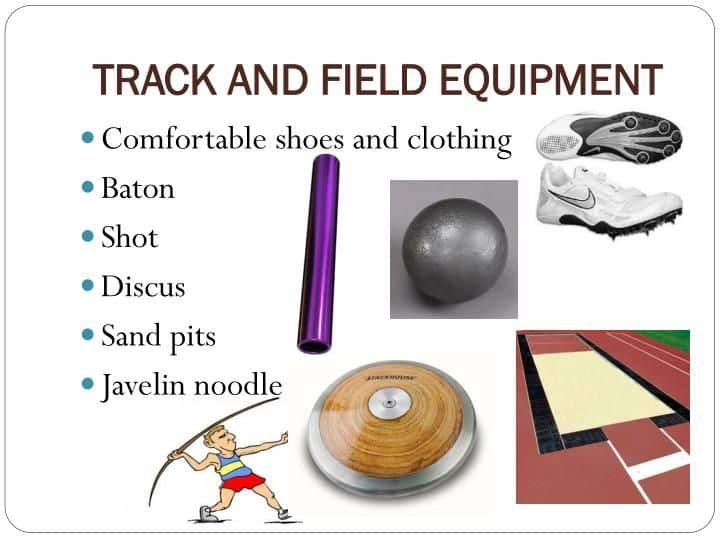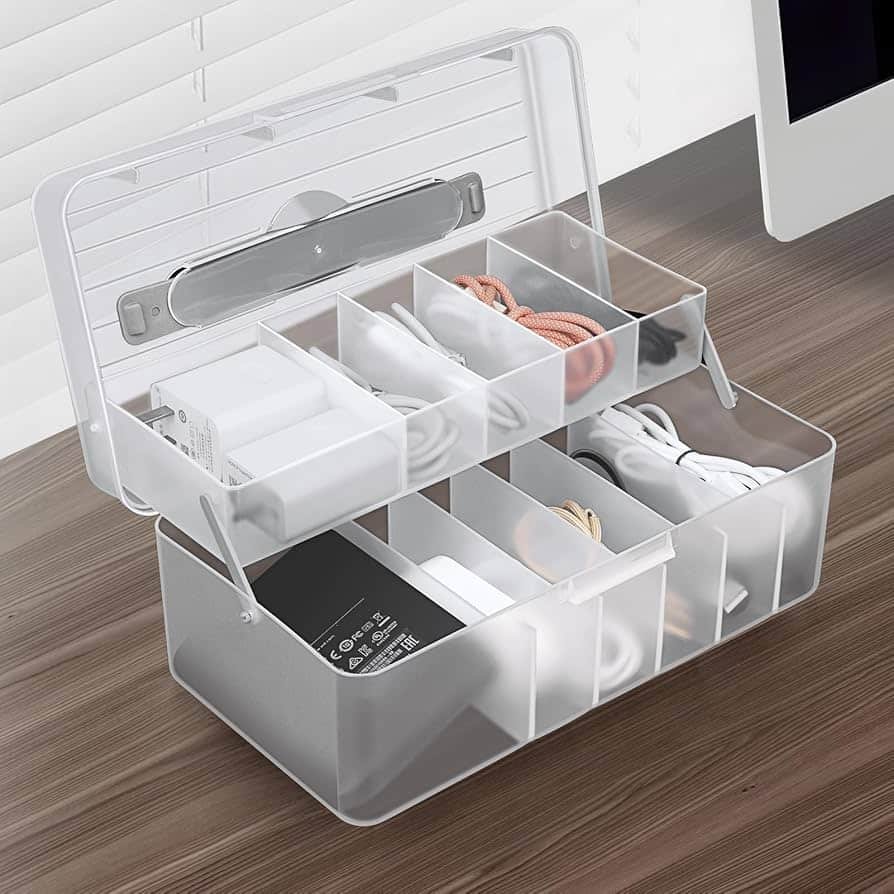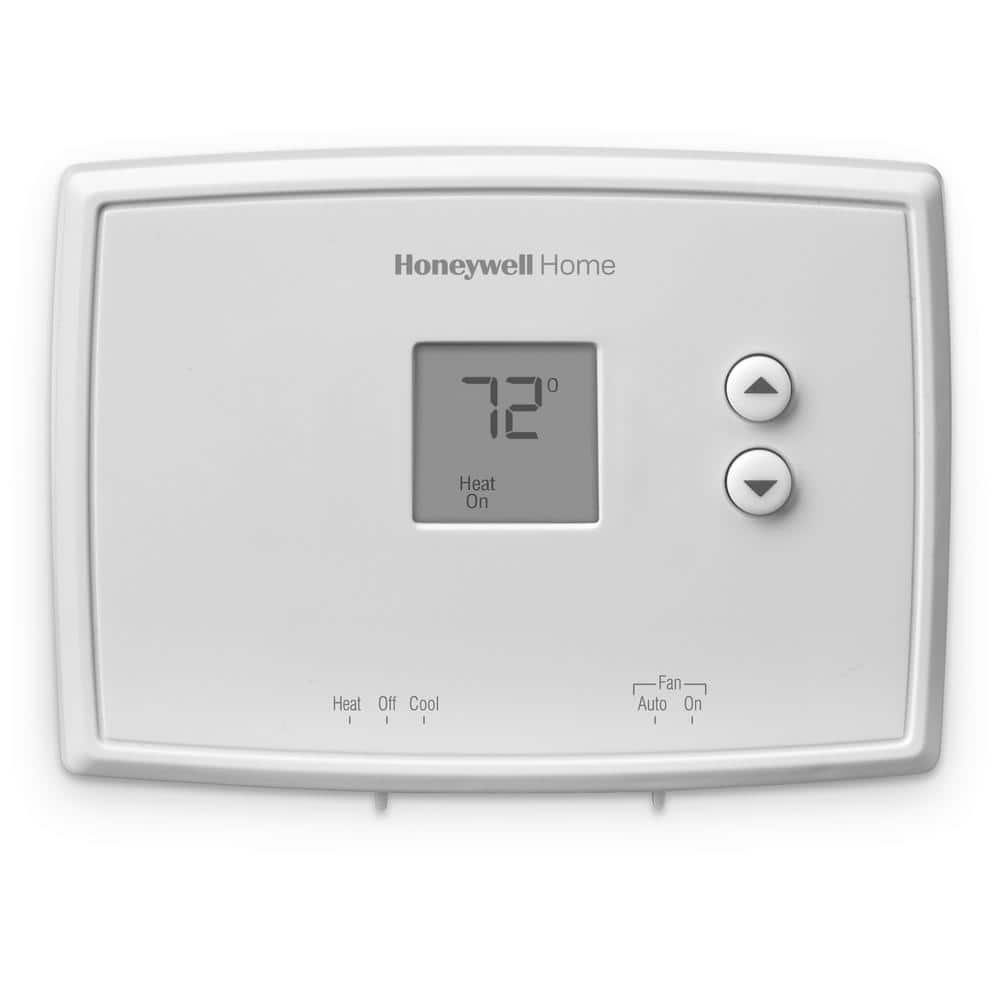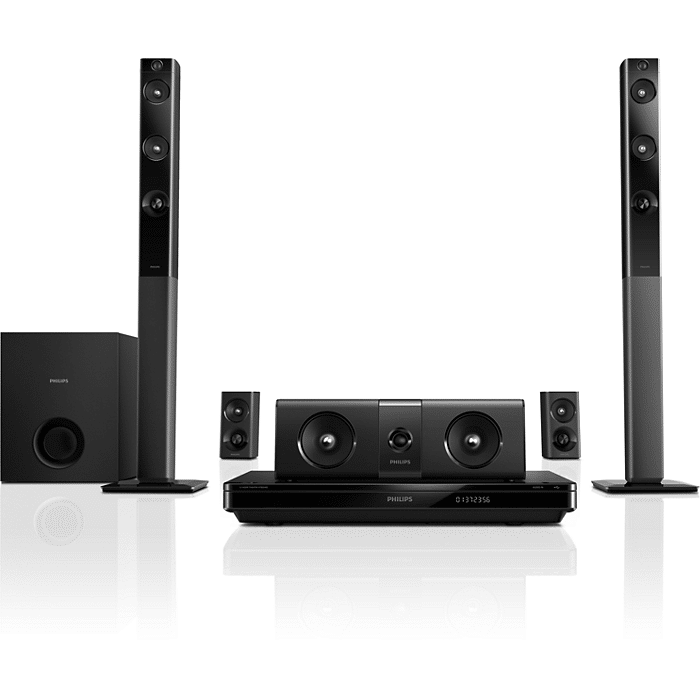Track and field sports demand precision and skill. The right equipment is essential for success.
Whether you’re a seasoned athlete or a beginner, understanding the necessary gear can enhance performance. Track and field events include sprints, jumps, and throws. Each requires specific equipment tailored to the athlete’s needs. From lightweight running shoes to durable throwing implements, the variety is vast.
Proper equipment not only boosts performance but also ensures safety. Athletes need gear that fits well and supports their movements. Investing in quality equipment can make a significant difference. Knowing what to use and when can transform an athlete’s experience. Dive into the world of track and field gear to discover how each piece plays a crucial role in achieving athletic goals.
Introduction To Track And Field Equipment
Track and field sports require specialized equipment. This equipment enhances performance and ensures safety. Understanding the right gear is crucial for athletes. Proper equipment can influence training outcomes significantly. From shoes to hurdles, each item plays a vital role.
Brief History
Track and field have roots in ancient Greece. Athletes once competed barefoot on dirt tracks. Over time, equipment evolved to improve performance. The introduction of spiked shoes marked a turning point. These shoes provided better grip and speed. Hurdles were added to test agility and strength. Today, equipment continues to advance with technology.
Importance In Training
Equipment aids in achieving peak performance. Quality shoes help prevent injuries. They offer support and comfort during long runs. Starting blocks improve sprint starts, boosting speed. Hurdles train athletes in technique and timing. They build both agility and coordination. Javelins and shot puts require precision and strength. Using the right tools improves skill and confidence.
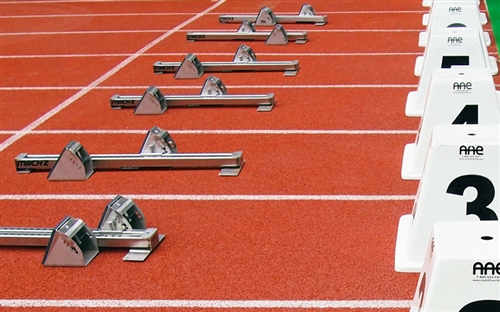
Credit: jwms.rschoolteams.com
Running Gear Essentials
Essential track and field gear includes quality running shoes, breathable clothing, and supportive gear. Proper footwear ensures comfort and reduces injury risk. Breathable fabrics keep athletes cool and dry.
Running is one of the most accessible sports worldwide, but having the right gear can make a significant difference in your performance and comfort. Whether you’re a seasoned athlete or just starting, the right running equipment can help you achieve your goals and avoid injuries. Let’s dive into the essentials you need to consider when gearing up for your next run.Shoes For Different Surfaces
Choosing the right running shoes is crucial. Not all shoes are made equal, and different surfaces require different types of footwear. Running on a track? Opt for lightweight racing flats that offer good traction and speed. Trail running, on the other hand, demands shoes with sturdy soles and better grip to handle uneven terrain. Have you ever tried running on a wet trail with the wrong shoes? You quickly learn the value of a good pair of trail shoes. For road runners, cushioned shoes that absorb shock and provide comfort over long distances are a must. Your feet will thank you after pounding the pavement for miles.Apparel For Comfort
Comfortable apparel can enhance your running experience significantly. Moisture-wicking fabrics are a game-changer for keeping sweat at bay. Cotton might feel nice initially, but it gets heavy and chafes quickly. Think about the weather. Lightweight shorts and breathable tops work well in the heat, while layered clothing is key for cooler temperatures. Your clothing should adjust with the seasons, just like your training plan. Don’t forget about socks. They play a pivotal role in preventing blisters and ensuring comfort. Invest in a few pairs designed specifically for runners. It might seem trivial, but the right socks can make or break your run. Do you have any running gear tips or personal experiences to share? What has been a game-changer in your running journey? Sharing insights can help fellow runners in their quest for the perfect gear.Jumping Equipment Basics
Track and field events are thrilling, especially the jumping disciplines. From pole vaulting to long jumping, each event requires specific gear that can make or break your performance. Understanding the basics of jumping equipment is crucial for anyone looking to excel in these sports. You might wonder how the right gear can impact your jumps. Let’s dive into the essentials and ensure you’re well-equipped for success.
Pole Vaulting Gear
Pole vaulting is a sport where precision and safety are paramount. The pole is the centerpiece of this event. Choosing the right pole is crucial; it should match your height, weight, and skill level. The material of the pole, typically fiberglass or carbon fiber, affects its flexibility and strength.
Beyond the pole, consider your vaulting shoes. These shoes should provide excellent grip and support, enabling a powerful takeoff and safe landing. Vaulting shoes with spikes can enhance traction on the runway.
Another essential piece of gear is the helmet. While not always mandatory, a helmet can offer vital protection during practice or competition, especially when you’re pushing your limits.
Long Jump Necessities
Long jumping demands explosive power and precise technique. Your shoes play a crucial role here. Long jump shoes are designed with spikes to maximize grip during your approach and jump.
Next, think about your attire. Lightweight and breathable clothing allows for optimal movement and comfort. Remember, you want minimal resistance as you soar through the air.
Consider adding a measuring tape to your gear list. Monitoring your progress can motivate you and help refine your technique. Tracking your jumps can lead to unexpected insights and improvements.
What gear do you think could give you an edge in jumping events? How might investing in the right equipment transform your performance? Equip yourself wisely, and you might just surprise yourself with your results.
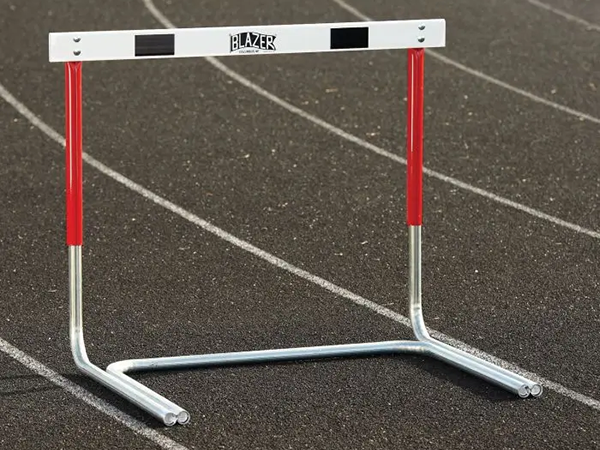
Credit: gophersport.com
Throwing Equipment Selection
Choosing the right throwing equipment is crucial for track and field athletes looking to improve their performance. Whether you’re a seasoned competitor or new to the sport, understanding the options available can help you make informed decisions. From shot put to javelin, each piece of equipment has unique features that can affect your throw.
Shot Put Options
Shot put equipment varies in size and weight, tailored to different skill levels and competition categories. Opt for a shot that matches your strength and skill level. For beginners, a lighter shot can help build technique without straining muscles. Advanced athletes may prefer heavier options to challenge their prowess and achieve greater distances. Remember, the material of the shot, whether iron or steel, influences your grip and throw.
Discus And Javelin Choices
Discus and javelin selections are pivotal for your throwing success. For discus throwers, size and weight must align with your throwing capability and competition rules. Look for discs with a smooth surface for better aerodynamics. Javelin throwers, ensure your javelin is the right length and weight for your event. The grip should feel comfortable in your hand. Have you tried different materials like fiberglass or carbon for better control?
Choosing the right equipment can enhance your performance and prevent injury. Have you ever felt the difference when switching from a beginner’s shot to a professional-grade option? It’s not just about the weight but the feel and control in your hands. Explore various options and find what suits your throwing style best. What equipment has made a significant impact on your throwing journey? Share your experiences and insights in the comments below!
Safety Gear And Accessories
Track and field sports require agility and speed. Safety gear and accessories are essential. They protect athletes and enhance performance. Choosing the right equipment is crucial for safety. This guide covers essential protective gear and training accessories.
Protective Gear
Protective gear shields athletes from injuries. Helmets protect the head during pole vaults. Knee pads prevent bruises and scrapes. Athletes use mouthguards to protect teeth. Ankle supports offer stability during jumps and sprints. Proper footwear is crucial for grip and support.
Training Accessories
Training accessories improve performance and technique. Resistance bands build strength and flexibility. Stopwatches help track running times. Foam rollers aid in muscle recovery. Cones and hurdles improve agility and coordination. Weighted vests add resistance to workouts.

Credit: sportsaccessoriesstore.wordpress.com
Quality And Durability Considerations
In track and field sports, equipment quality is crucial. Athletes rely on gear that withstands rigorous use. Durability ensures performance consistency. Equipment failure can lead to injuries. Thus, quality and durability are top priorities. Selecting the right equipment involves understanding these key factors.
Material Quality
The materials used in track and field equipment impact longevity. High-quality materials resist wear and tear. For example, carbon fiber poles offer flexibility and strength. Shoes with sturdy soles provide better traction. Durable materials can withstand harsh weather conditions. This means longer-lasting equipment with fewer replacements.
Brand Reputation
Brands with a good reputation often produce reliable equipment. They use advanced technology in their designs. Established brands invest in research and development. This results in high-quality products. Athletes trust brands with proven track records. A reputable brand often provides better customer support. This is crucial for resolving issues quickly.
Budgeting For Track And Field Equipment
Choosing the right track and field equipment is crucial for athletes. Setting a budget helps manage costs effectively. Consider essentials like shoes, hurdles, and starting blocks while planning.
Budgeting for track and field equipment can seem daunting, but with a clear plan, it doesn’t have to break the bank. Whether you’re a coach outfitting a team or an athlete building your personal gear stash, smart budgeting can make a big difference. The key is balancing cost-effectiveness with quality, ensuring you get the best value for your investment.Cost-effective Options
Finding cost-effective options starts with prioritizing essentials. Begin with the basics like running shoes and a stopwatch, which are indispensable for any track athlete. Consider buying used or refurbished equipment. Websites like eBay or local sports stores often have great deals on gently used gear. You can also opt for multipurpose items. A versatile pair of spikes can work for various events, saving you from buying multiple pairs. Getting recommendations from experienced athletes can save you both time and money. They’ve likely tried various brands and know what offers the best bang for your buck.Investment In Quality
While saving money is important, investing in quality where it matters can enhance performance. Shoes are a prime example; a good pair can prevent injuries and improve your track time. Ask yourself: is this piece of equipment worth the extra cost? Sometimes, the durability and effectiveness of high-quality gear pay off in the long run. Quality doesn’t always mean expensive. Research brands that balance affordability with durability. Reading reviews online can be a goldmine for insights into how gear stands up over time. Having a few high-quality items can elevate your performance. Think of it as a foundation for building your best athletic self, one piece at a time. Budgeting is about making informed choices. What do you prioritize when purchasing track and field equipment?Maintenance And Care Tips
Proper maintenance of track and field sports equipment ensures longevity and performance. Regularly clean and store items in dry places. Inspect for wear and replace damaged parts promptly to prevent injuries.
Maintaining your track and field sports equipment is crucial for both performance and longevity. Proper care not only keeps your gear in top shape but also ensures safety during use. After all, wouldn’t you want your equipment to last as long as your passion for the sport? Let’s dive into some practical maintenance and care tips that can make all the difference.Cleaning Techniques
Regular cleaning is essential. Start by wiping down surfaces with a damp cloth to remove dirt and sweat. Use mild soap for stubborn stains, but avoid harsh chemicals which can damage the material. Consider the specific needs of each item. For instance, track shoes often accumulate mud and debris. A soft-bristled brush can help clean the treads without wearing them down. Consistent cleaning can prevent long-term damage and keep everything looking new.Storage Solutions
Proper storage extends the life of your equipment. Keep your gear in a cool, dry place to prevent mold and mildew. Moisture can ruin even the toughest materials, so ensure everything is dry before storing. Organize your equipment to avoid unnecessary stress on any single item. Use racks or hooks to keep things off the floor and in better condition. By dedicating a specific area for your gear, you can easily find what you need and avoid accidental damage. Have you ever found your favorite pair of track spikes bent out of shape because they were tossed in a bag carelessly? Investing in a sturdy, compartmentalized bag can make all the difference. It keeps everything in its rightful place and can save you from replacing gear prematurely. Thinking about the effort you put into maintaining your equipment, how does it change your perspective on caring for other aspects of your life? Regular care not only protects your investment but also enhances your overall experience in the sport.Where To Buy Track And Field Equipment
Explore top online sports stores for quality track and field equipment. Find essentials like shoes, hurdles, and javelins. Local sporting goods shops also offer a variety of track gear for all skill levels.
Where to buy track and field equipment can be a challenge. From specialized shoes to precision stopwatches, the right gear enhances performance. Finding reliable sources for quality equipment is crucial for athletes. Explore various options to ensure your track and field needs are met.Online Shopping Platforms
Online platforms offer convenience and a wide range of choices. Websites like Amazon and eBay have diverse selections. You can find spikes, hurdles, and javelins with ease. Many sites provide detailed product descriptions. Reviews help you make informed decisions. Free shipping options are available on numerous sites. Compare prices across different platforms to find great deals.Local Sports Stores
Local sports stores provide personalized service and expert advice. You can try equipment before buying. Knowledgeable staff can guide you in choosing the right gear. Supporting local businesses strengthens community ties. Stores often host events, connecting athletes in the area. Check for discounts and seasonal sales. Buying locally ensures immediate possession of purchased items.Frequently Asked Questions
What Is The Equipment Needed For Track And Field?
Essential equipment for track and field includes running shoes, spikes, starting blocks, hurdles, and batons. Athletes may need specialized gear like pole vault poles, javelins, shot puts, and discus for specific events. Ensure proper clothing such as breathable attire for comfort and performance.
What Do You Need For Track And Field?
Track and field requires athletic shoes, comfortable clothing, and specialized equipment like starting blocks or hurdles. Competitors may need a discus, javelin, or shot put for specific events. A stopwatch is essential for timing races accurately. Ensure hydration and safety gear for optimum performance.
What Does My Child Need For Track And Field?
Your child needs comfortable running shoes, athletic clothing, a water bottle, and sunscreen for track and field. Proper shoes provide support and reduce injury risk. Lightweight clothing helps with movement and temperature regulation. Hydration and sun protection are vital for safety during outdoor activities.
Is Track And Field An Expensive Sport?
Track and field can be affordable, but costs vary. Basic gear like shoes and attire are essential. Competitive athletes might face expenses for coaching, travel, and event fees. Many schools provide equipment and coaching, reducing costs. Overall, it depends on participation level and available resources.
Conclusion
Track and field sports need good equipment for best performance. Proper gear boosts safety and comfort. Quality shoes enhance speed and reduce injuries. Durable hurdles and poles improve training sessions. Choosing the right equipment saves money and effort. Athletes perform better with suitable gear.
Always consider durability and fit when purchasing. A well-equipped athlete is a confident athlete. Invest wisely in track and field essentials. Enjoy every leap, sprint, and throw. Your journey in sports starts with smart choices.

